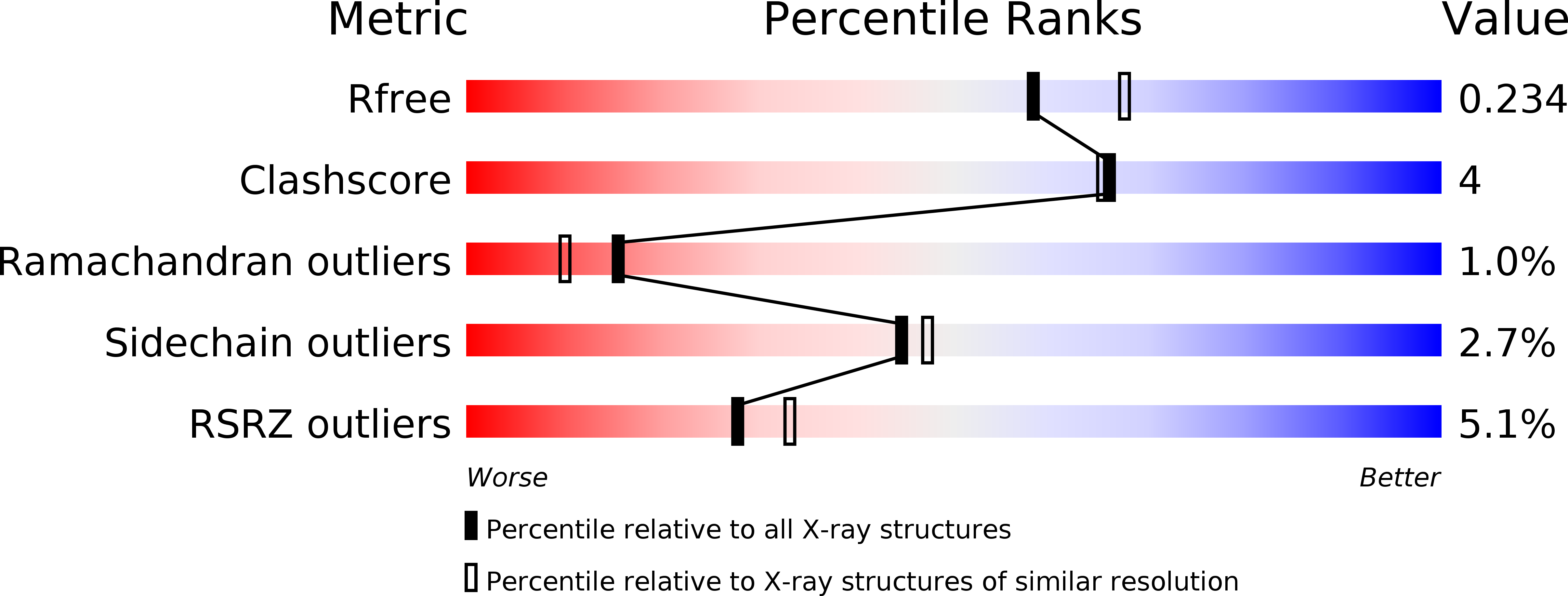
Deposition Date
2015-01-04
Release Date
2015-09-23
Last Version Date
2023-11-08
Entry Detail
PDB ID:
4XH5
Keywords:
Title:
Crystal structure of Salmonella typhimurium propionate kinase A88G mutant, in complex with AMPPNP and propionate
Biological Source:
Source Organism:
Host Organism:
Method Details:
Experimental Method:
Resolution:
2.11 Å
R-Value Free:
0.23
R-Value Work:
0.17
R-Value Observed:
0.17
Space Group:
P 31 2 1


